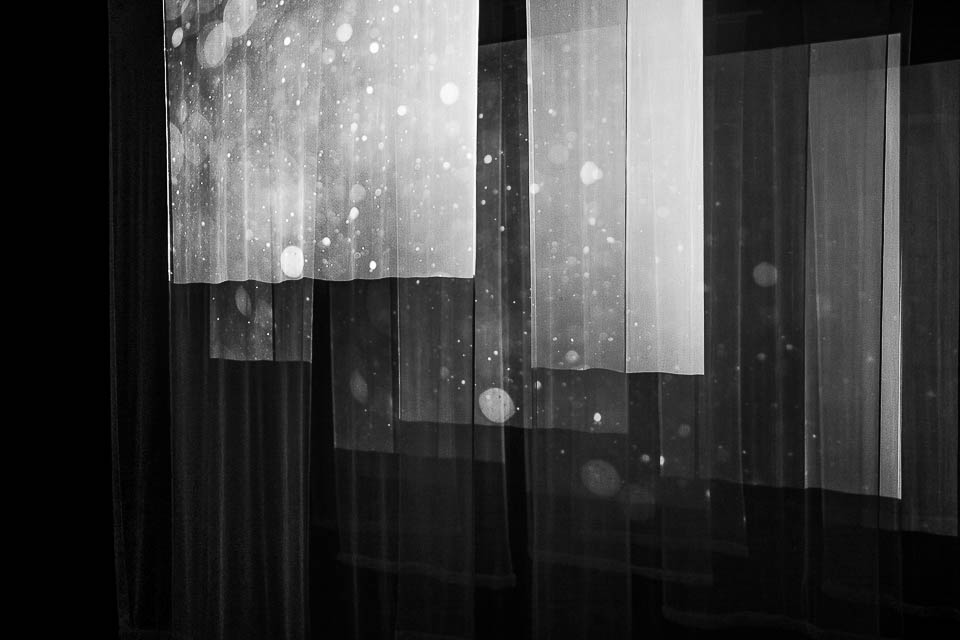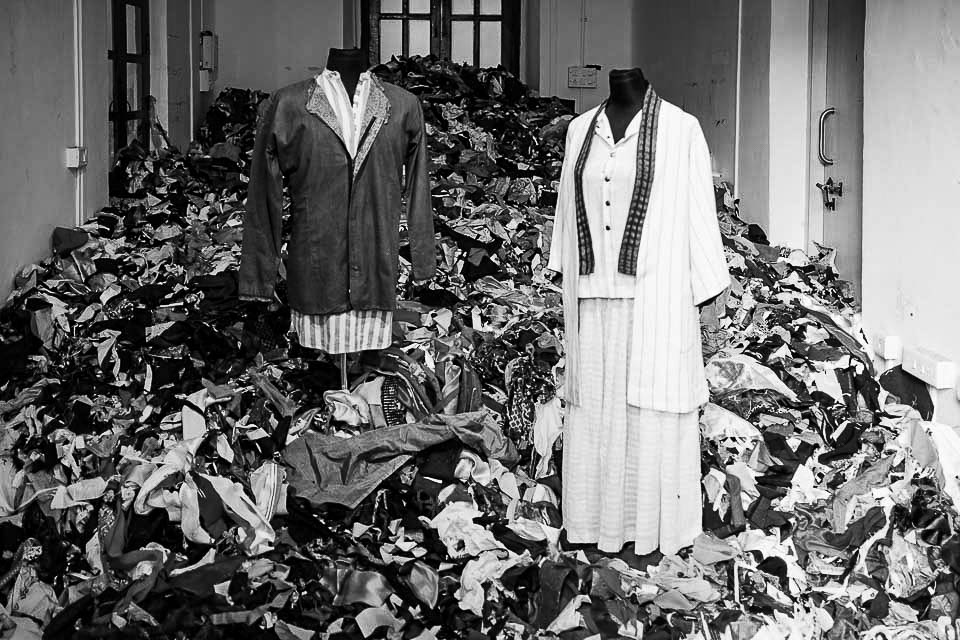In recent years, there has been a noticeable revival of traditional artistic mediums such as textiles, printmaking, and sculpture. These practices, once considered niche or outdated in the face of newer digital forms, are returning with renewed significance in contemporary art. This revival is not merely nostalgic; it reflects a deeper movement toward reconnecting with craftsmanship, materiality, and storytelling. As artists explore these mediums in new ways—while also developing innovative derivatives—this resurgence signals a shift in artistic values, emphasizing process, heritage, and sustainability.
Why Are Traditional Mediums Making a Comeback?
Several cultural and social factors contribute to the return of traditional art forms. There is a growing desire among artists and audiences to reconnect with tactile experiences in an increasingly digital world. The act of creating with one’s hands—whether through weaving, carving, or printing—offers a slower, meditative process that contrasts with the speed of technology. Additionally, as society becomes more conscious of sustainability, many artists are turning to time-honored techniques that use natural, eco-friendly materials.
The revival also reflects a pushback against the commodification of art. Unlike digital works, which can be easily reproduced, traditional mediums often produce unique, labor-intensive pieces. This focus on craftsmanship brings new depth to contemporary art, encouraging artists to celebrate imperfections, materiality, and process.
Textile Art: Beyond Craft into Fine Art
Textile-based art, once relegated to the category of craft, has re-emerged as a respected fine art medium. Contemporary artists use techniques such as weaving, embroidery, and quilting to explore themes of identity, history, and memory. Many also draw on traditional textile practices specific to their cultural heritage, blending these techniques with modern narratives.

Artists like Anni Albers paved the way by treating textiles as abstract art forms, and today’s practitioners are expanding on her legacy. Others use discarded or repurposed fabrics, turning textile art into a statement on sustainability. Textile works are not just visually rich but also tactile, inviting viewers to engage with them through both sight and touch, offering a sensory experience that is rare in contemporary art.
Printmaking: Tradition Meets Experimentation
Printmaking has a long history, but contemporary artists are finding ways to innovate within the medium. Techniques such as woodcuts, etching, and lithography are being revisited with a modern twist, often combined with digital methods to create hybrid prints. Printmaking also holds appeal because of its accessibility—artists can create multiple impressions, making it more democratic than many other art forms.
More importantly, the process of printmaking embodies a sense of patience and craftsmanship. The tactile interaction with plates, presses, and ink offers artists a grounded experience that contrasts with the immediacy of digital work. Screen printing—popularized by artists like Andy Warhol—continues to evolve, blending fine art with street culture and activism.
Printmakers today often use their art to explore personal and political themes, creating works that convey layers of meaning through intricate textures and repetition. Printmaking’s ability to produce multiples opens opportunities for collaborations with communities, making it a popular tool for socially engaged art.
Sculpture: Expanding into New Territories
Sculpture, traditionally associated with stone or bronze, is experiencing a renaissance as artists experiment with diverse materials such as clay, glass, recycled objects, and even organic matter. This material diversity reflects the expanded scope of contemporary sculpture, which now explores everything from environmental concerns to personal narratives.

Beyond the material, artists are pushing the boundaries of what sculpture can be. Installation art, for example, blurs the line between sculpture and space, transforming entire environments into immersive experiences. Kinetic sculptures introduce movement, while sound sculptures use vibrations and acoustics as part of their form. This evolution makes sculpture a dynamic, evolving practice that engages all the senses.
Derivatives of Traditional Mediums: Where Craft Meets Innovation
One of the most exciting aspects of the revival is the way artists blend traditional practices with contemporary techniques to create new forms. For example, fiber artists are combining weaving and embroidery with video projections, turning textiles into interactive installations. Similarly, sculptors might integrate robotics or sensors into their works, creating pieces that respond to the viewer’s presence.
In printmaking, artists are merging analog and digital techniques—creating works that begin with hand-carved linocuts and end as digital prints on fabric or ceramics. The fusion of old and new not only pushes the boundaries of these mediums but also challenges the traditional distinctions between fine art, craft, and design.
What This Revival Means for Contemporary Art
The resurgence of textiles, printmaking, and sculpture speaks to a broader shift in contemporary art toward authenticity, material engagement, and process-driven practices. These mediums encourage artists and audiences alike to slow down and appreciate the labor and care embedded in each piece. They also highlight the value of imperfection—something that contrasts with the polish of digital art.
This revival aligns with the growing interest in sustainability. Many artists use traditional techniques to work with natural or recycled materials, reducing their environmental impact. This movement also reconnects contemporary artists with their cultural heritage, bridging past and present through the use of ancient practices in modern contexts.
Conclusion: A Revival Rooted in Purpose and Innovation
The revival of traditional mediums like textiles, printmaking, and sculpture reflects a desire to reconnect with materiality, craftsmanship, and cultural heritage in an increasingly digital and fast-paced world. These mediums offer artists opportunities to innovate while maintaining a sense of authenticity and engagement with process. Whether through the tactile richness of textile art, the patience of printmaking, or the evolving forms of sculpture, these practices invite viewers to slow down, reflect, and connect more deeply with art.
As artists continue to explore the intersections between tradition and innovation, they are redefining what these mediums can be. This revival is not simply about returning to the past; it is about building bridges between old and new, finding relevance in ancient practices, and pushing them into uncharted territories. In doing so, traditional mediums are not only surviving—they are thriving, offering contemporary art a renewed sense of purpose, meaning, and connection.
